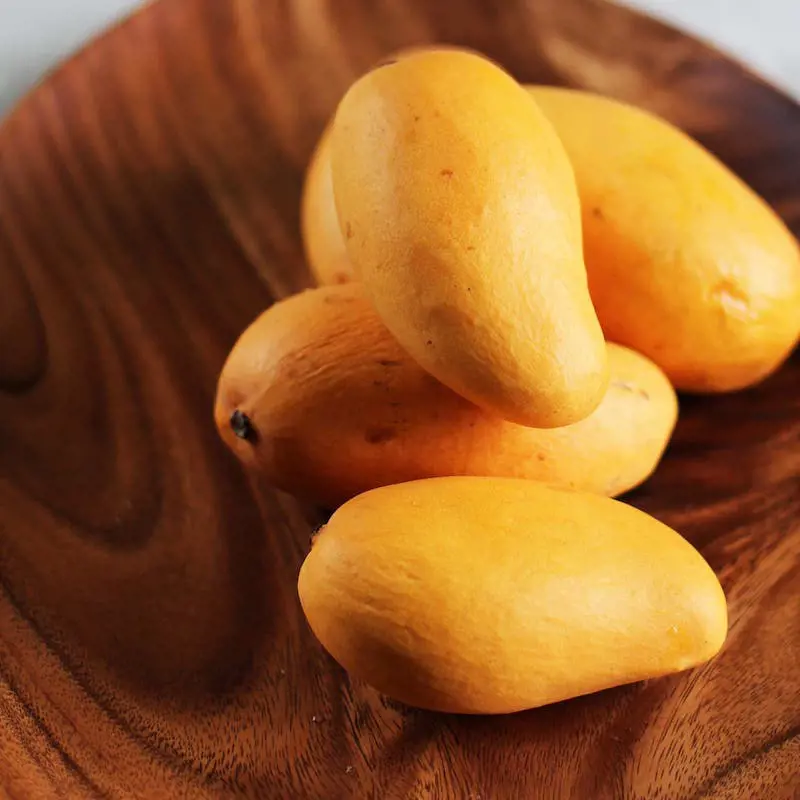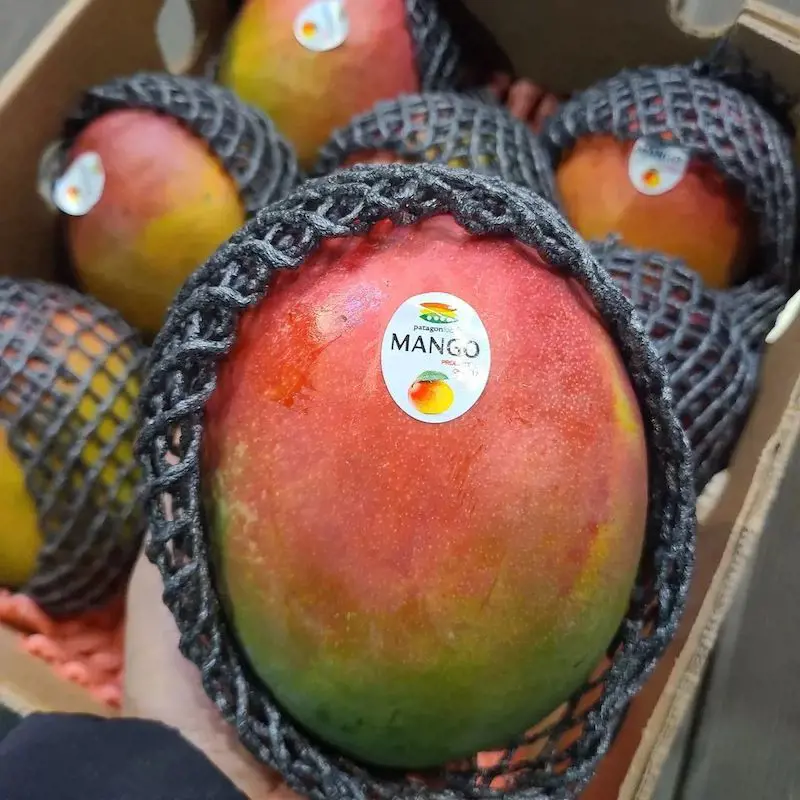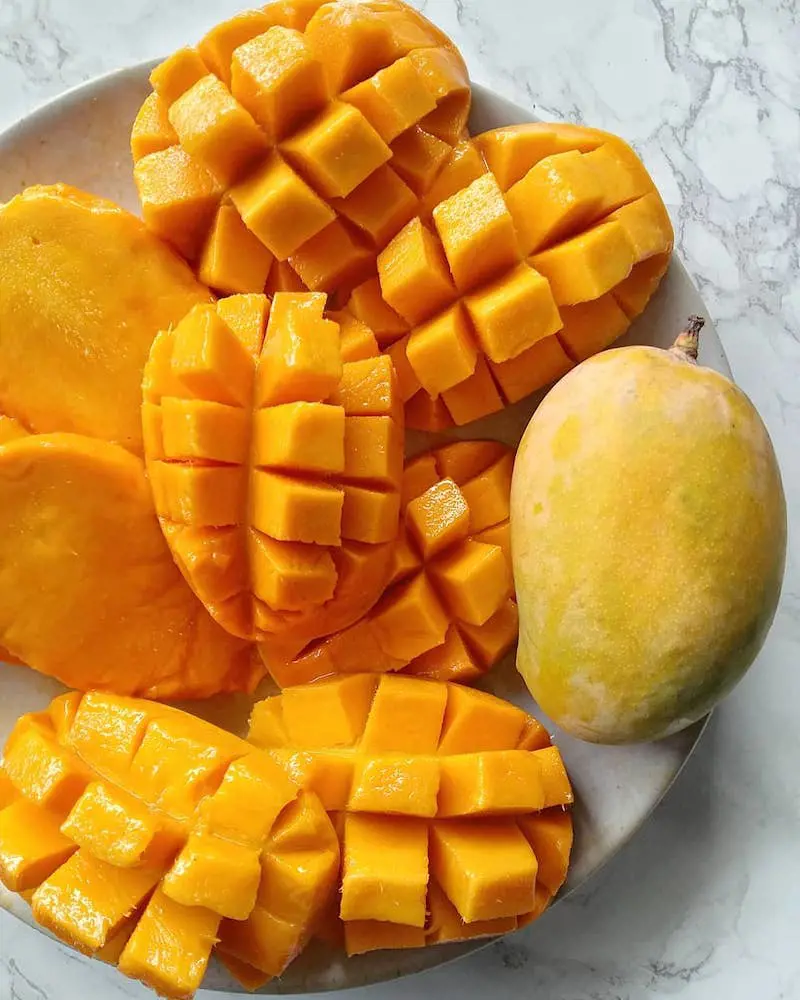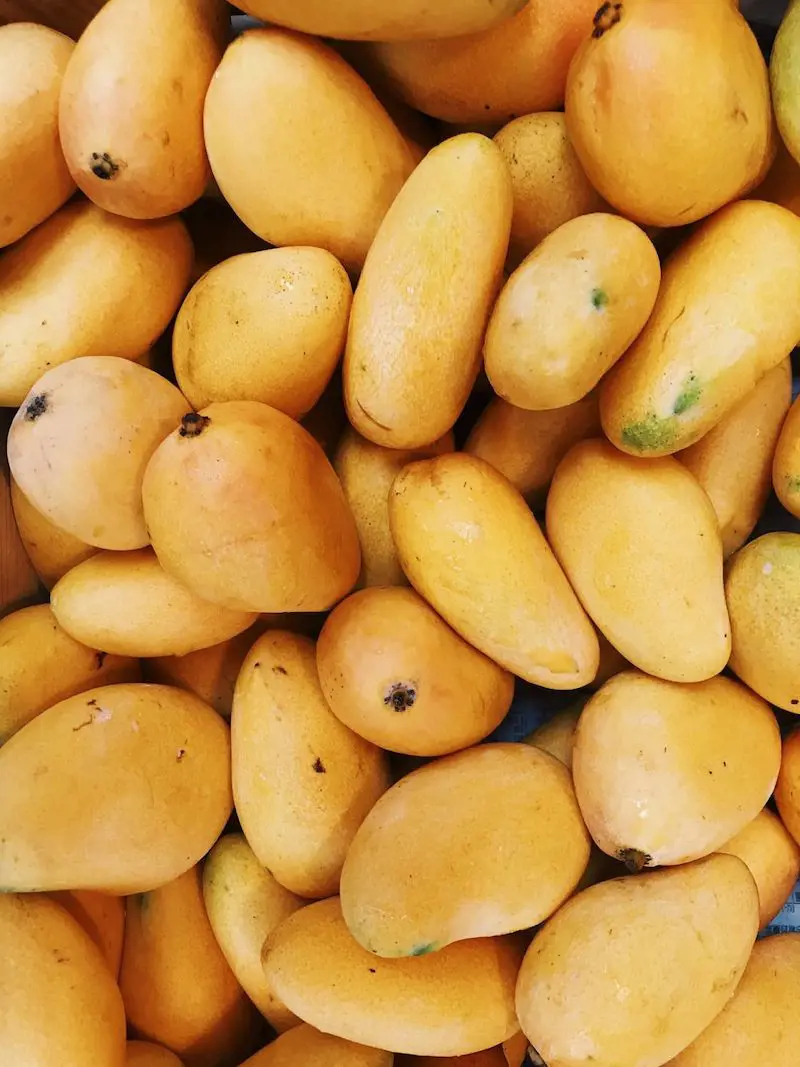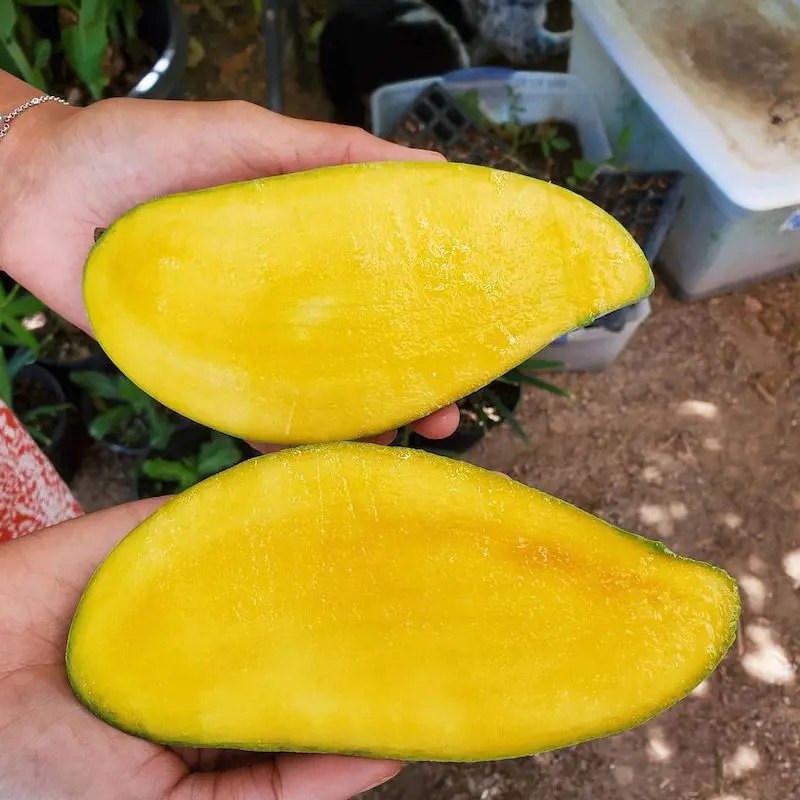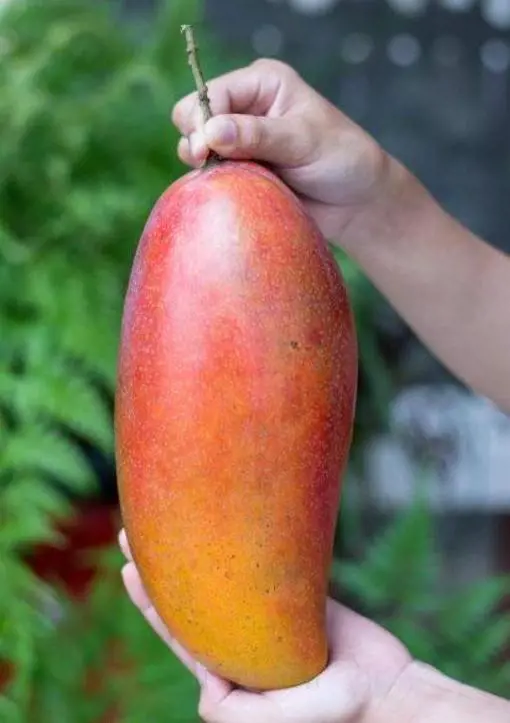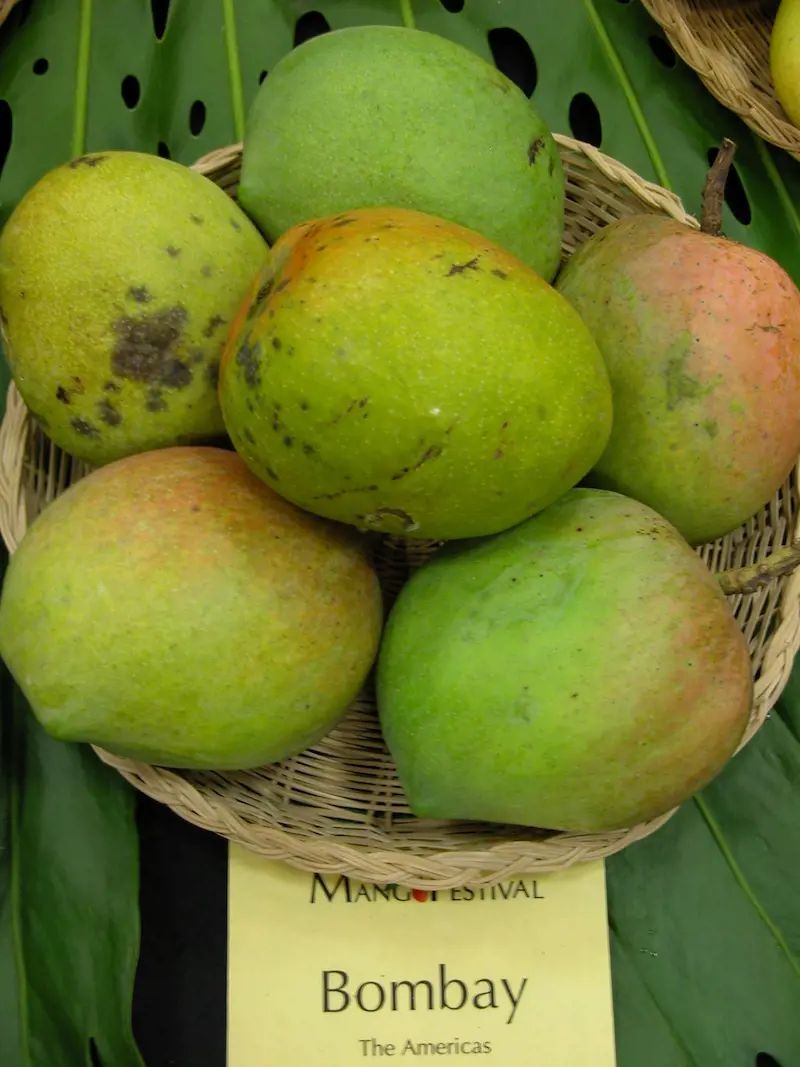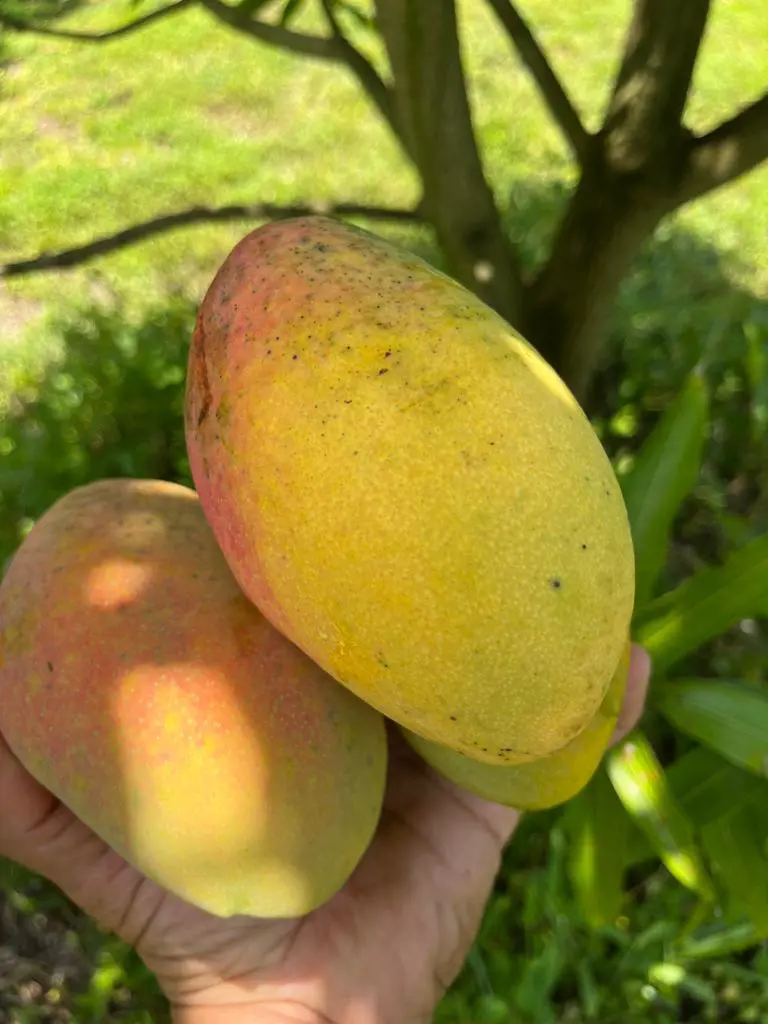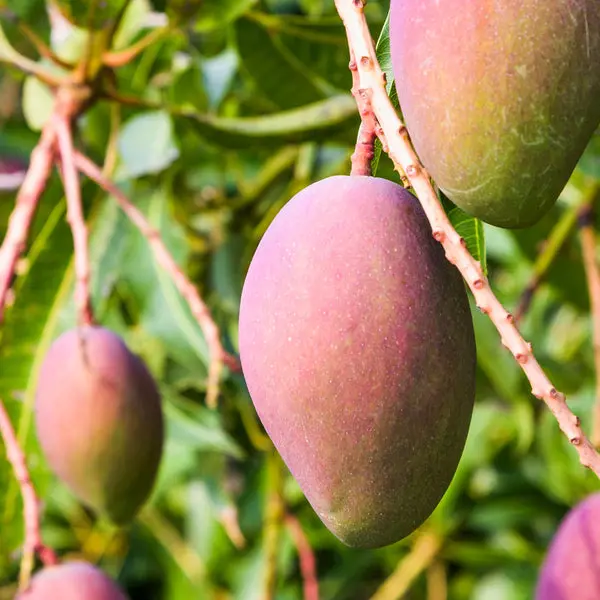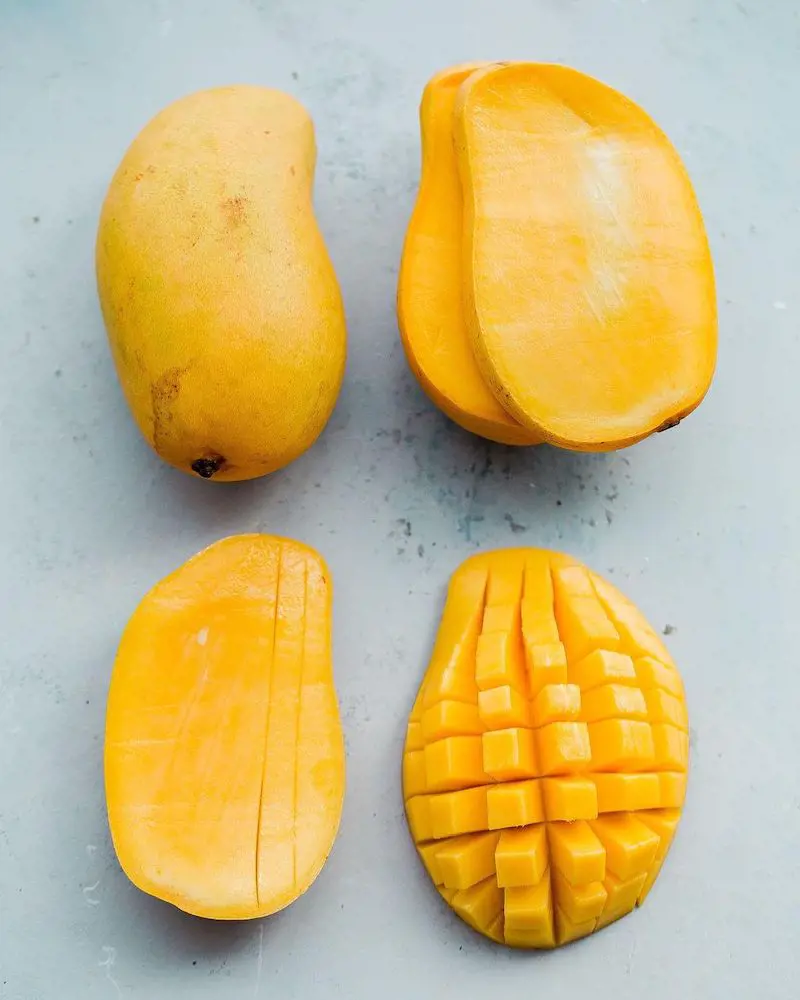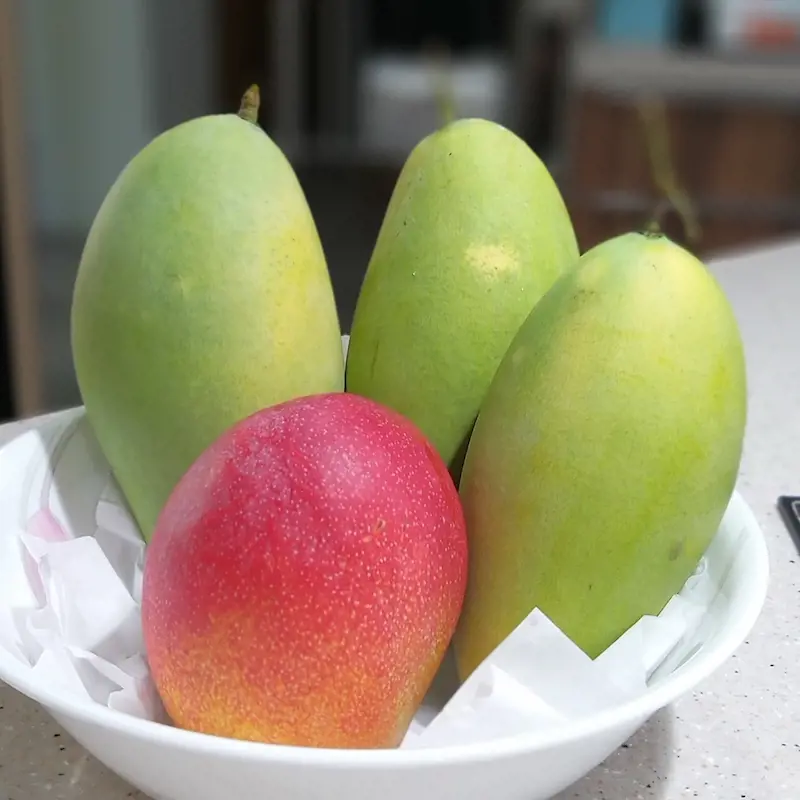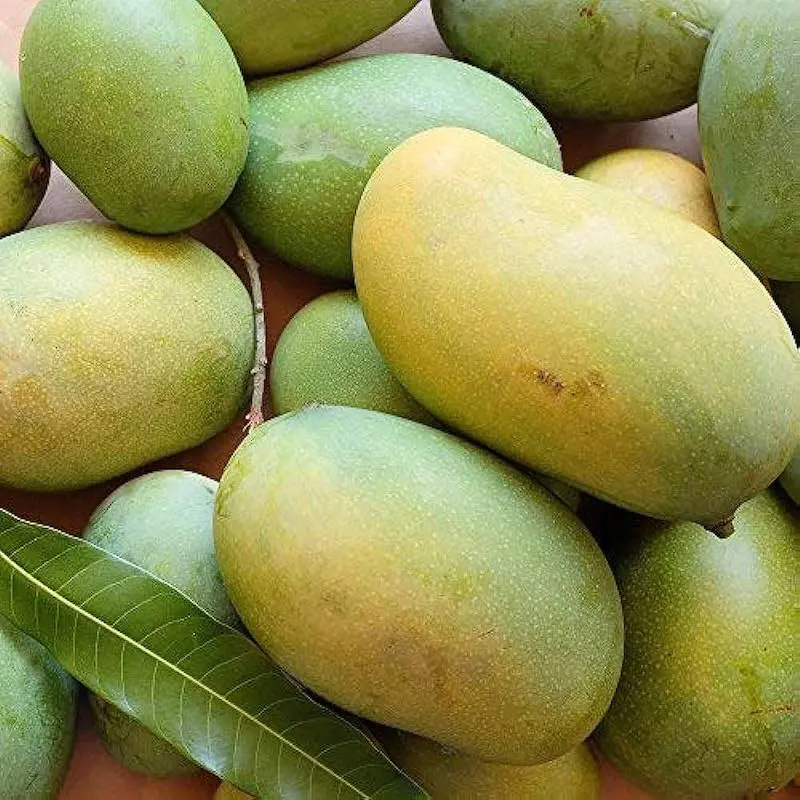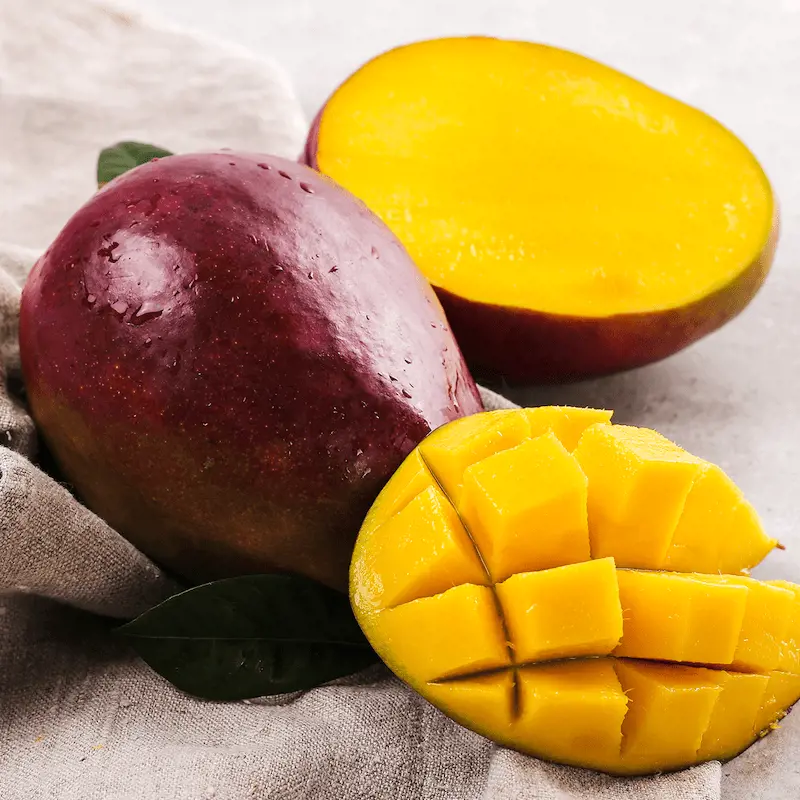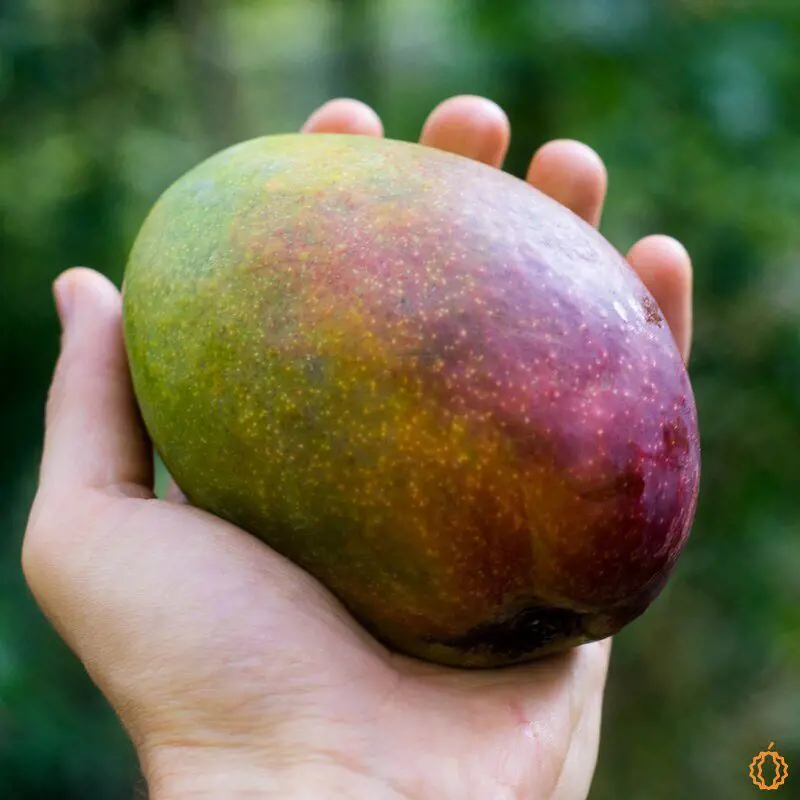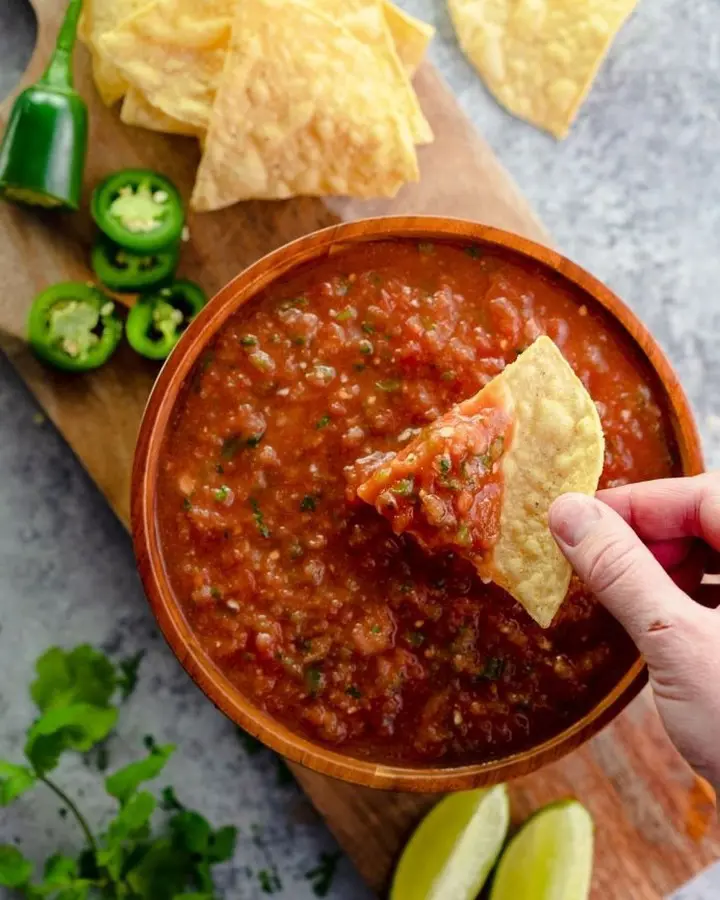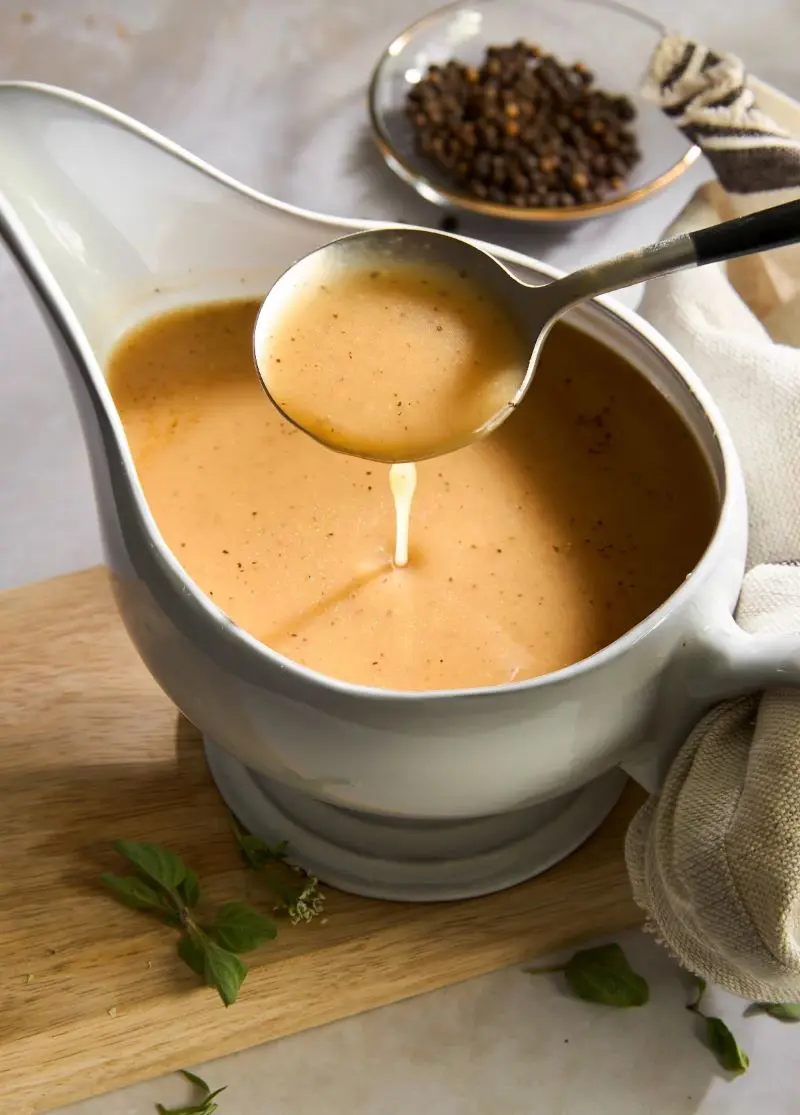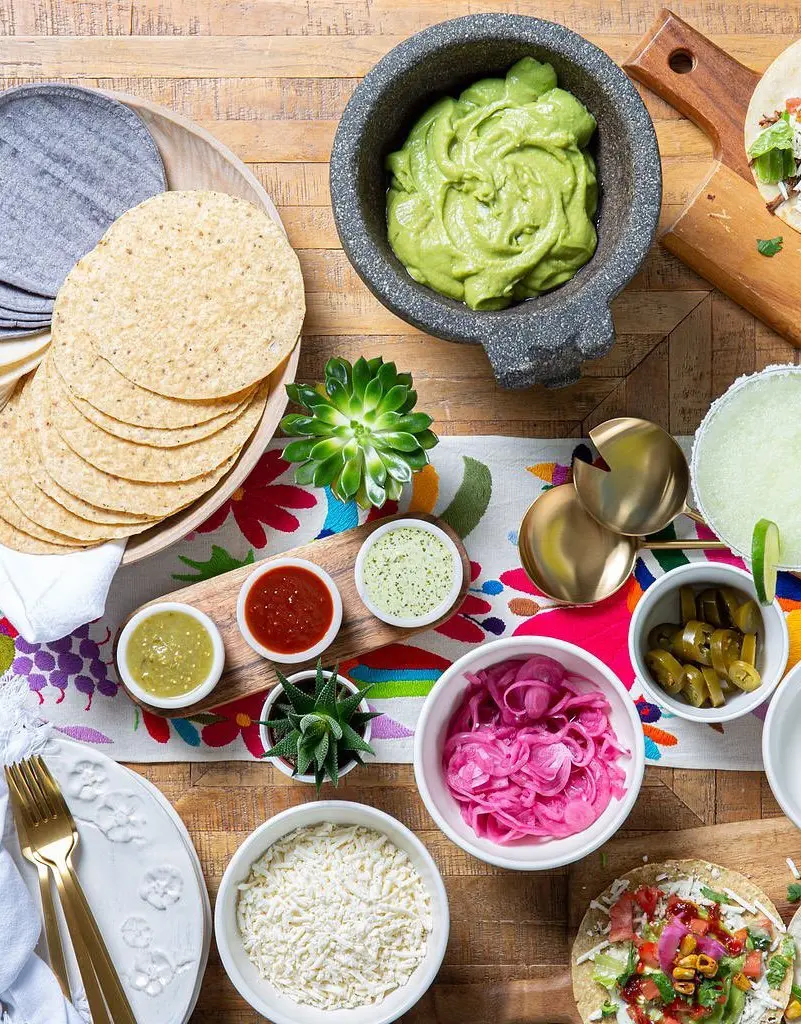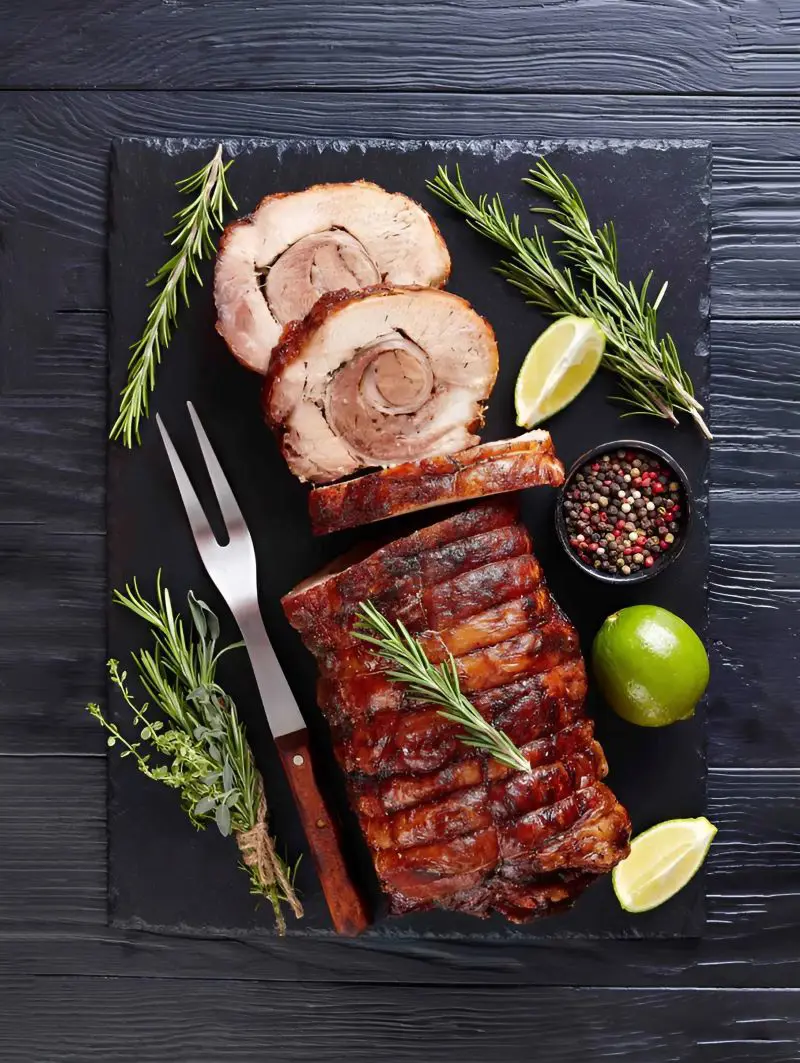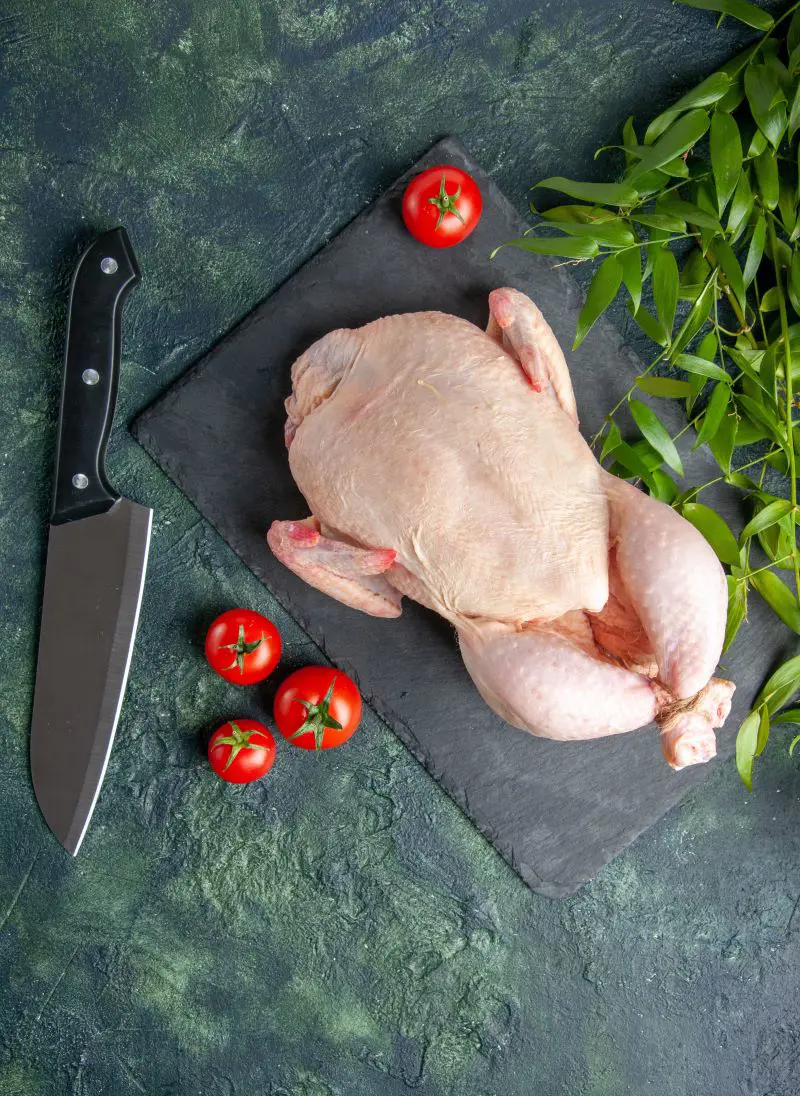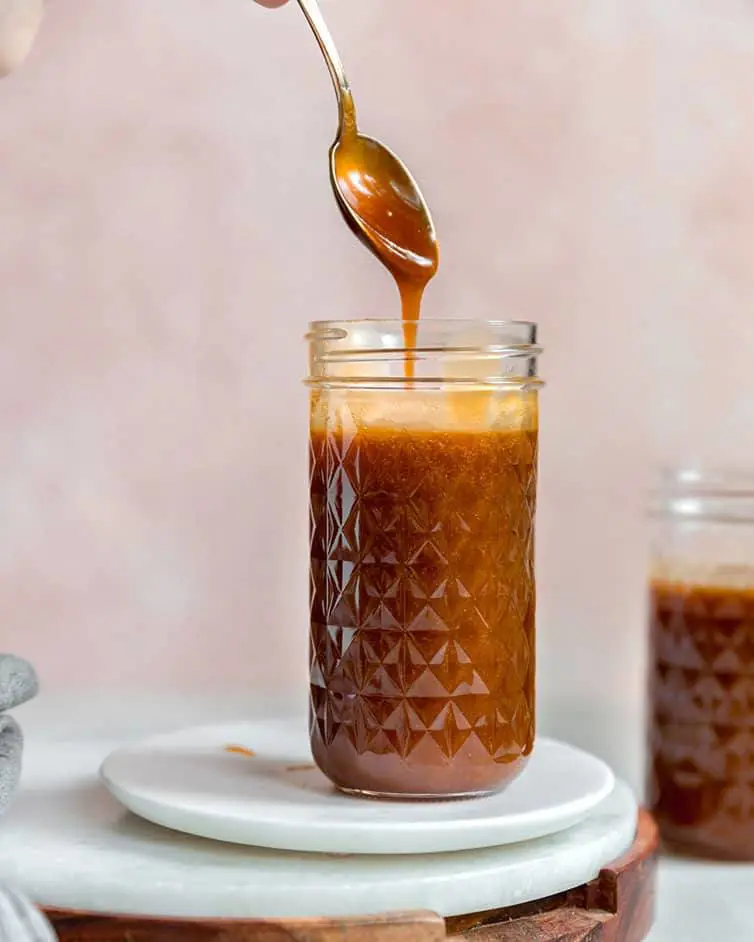1. Alphonso Mango - India
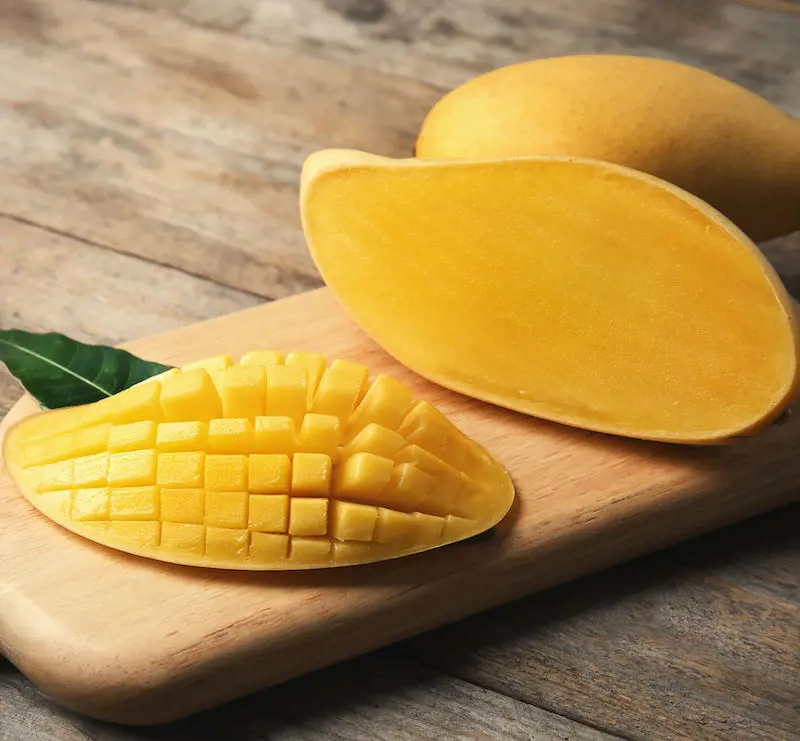
Alphonso Mango, also known as the "King of Mangoes," is a variety native to India. It is highly regarded for its exceptional taste, aroma, and smooth texture. The mango has a vibrant yellow-orange skin with a small seed.
Its sweet and tangy flavor is a delightful blend of tropical notes, creating a truly tropical experience. The Alphonso Mango is rich in vitamins A and C, providing a healthy dose of antioxidants and helping to boost the immune system. It is also a great source of fiber. With its unique properties, the Alphonso Mango has gained worldwide recognition and is considered one of the most sought-after mango varieties.


